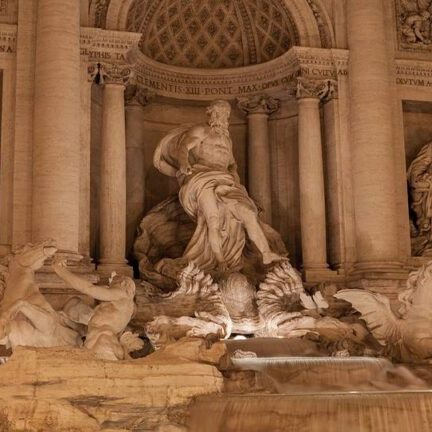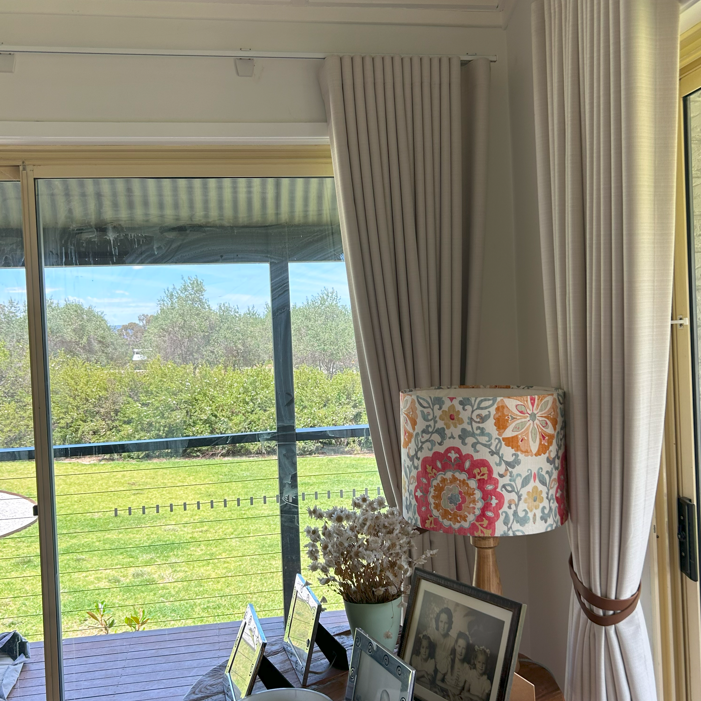
Curtains in the Middle Ages & Renaissance
Having explored the fascinating origins and cultural significance of curtains in our previous blog, we now journey further through time to the captivating eras of the Middle Ages and Renaissance. During this period, curtains continued to evolve, taking on new dimensions of elegance and artistry that left an indelible mark on the history of window furnishings.
Introduction
In the Middle Ages and Renaissance, the art of curtain-making reached new heights of splendour and sophistication. These historical periods were marked by profound social, cultural, and artistic transformations, and curtains played an integral role in reflecting the changing tastes and sensibilities of the time. Let's step back into history and explore how curtains adorned the dwellings of nobility, theatres, and religious spaces, captivating the imagination and leaving an enduring legacy on interior design.

The Role of Curtains in Medieval Castles and Noble Residences
During the Middle Ages, castles and noble residences were centres of power and prestige. Here, curtains served not only practical functions but also as a means of showcasing the wealth and status of the ruling elite. Lavish tapestries and embroidered curtains adorned the vast halls, providing both insulation and visual splendour. The intricate designs often depicted scenes of chivalry, mythology, or religious symbolism, elevating the ambiance of these grand spaces.

Transition from Practicality to Decoration: Embellishments and Patterns
As the Renaissance dawned, a profound shift occurred in the design of curtains. The focus gradually shifted from sheer practicality to embracing decorative elements. Rich fabrics like velvet, brocade, and damask gained popularity, accentuated with exquisite embroidery and gold-threaded embellishments. This artistic approach to curtain design reflected the Renaissance spirit of exploration, creativity, and embracing beauty in all forms.
The Rise of Textile Trade and its Impact on Curtain Design
The Renaissance period was a time of great exploration and trade expansion, leading to the availability of new and exotic textiles. The Silk Road and other trade routes brought luxurious fabrics, such as silk and satin, from distant lands. As a result, curtains took on new dimensions of elegance, with their soft textures and shimmering surfaces becoming highly sought after by the elite and royalty.
The Influence of Renaissance Art and Architecture on Window Treatments
The Renaissance was characterized by a profound revival of art, literature, and architecture. As artists sought to recreate the world with newfound realism, curtains became an integral part of their compositions. Paintings of grand palaces and majestic interiors showcased elegant draperies, demonstrating the importance of curtains in defining the character and aesthetics of living spaces.

As we traverse through the Middle Ages and Renaissance, it becomes clear that curtains were more than just functional window coverings; they were intricate works of art, reflecting the cultural and artistic movements of their time. From their humble origins in ancient civilizations to the grand tapestries and sumptuous fabrics of the Renaissance, curtains continued to evolve, becoming an essential and enduring element of interior design. In our next blog, we will delve deeper into the opulent and ornate world of curtains during the 17th and 18th centuries, exploring how they became more accessible to the growing middle class and played an even greater role in defining the aesthetics of interior spaces. Stay tuned as we unravel the elegance and splendour of cultures during this golden era of history.


